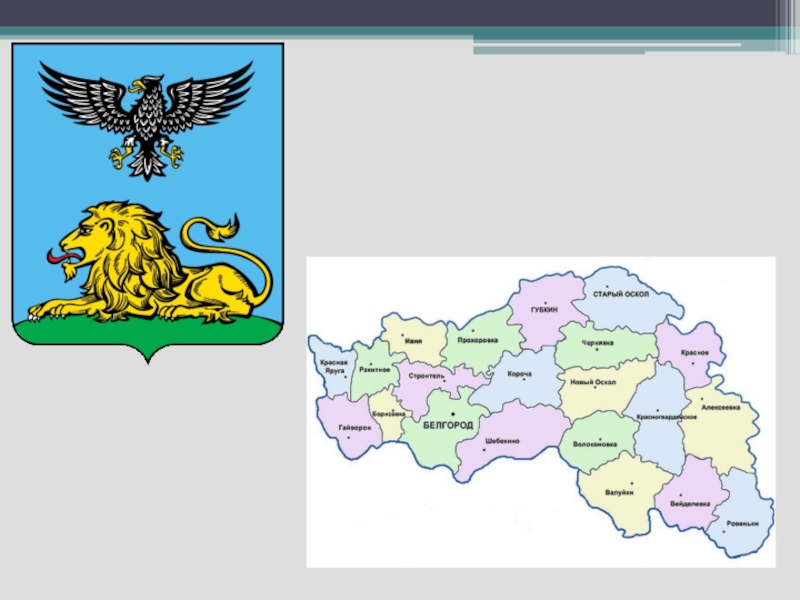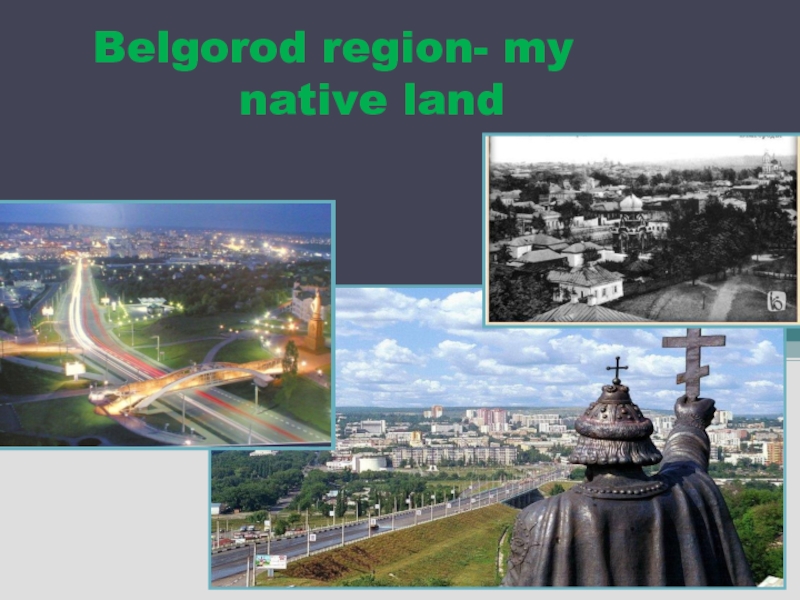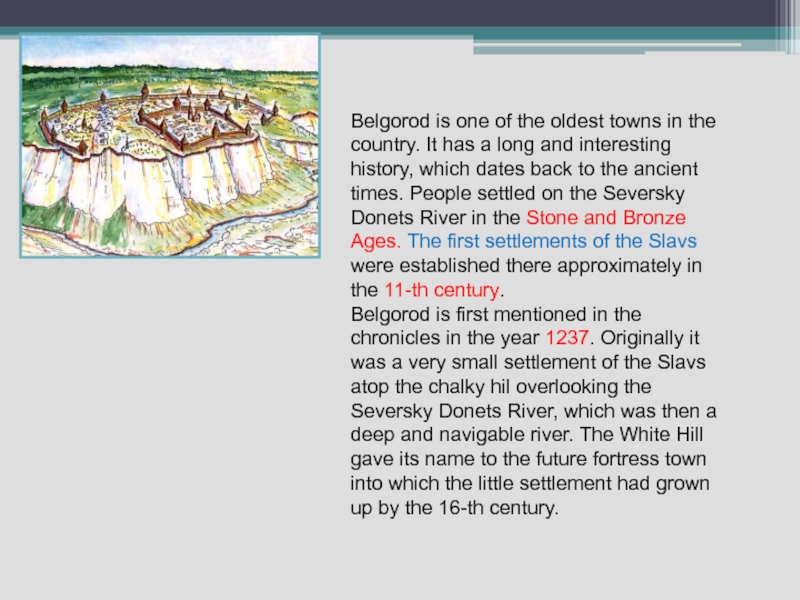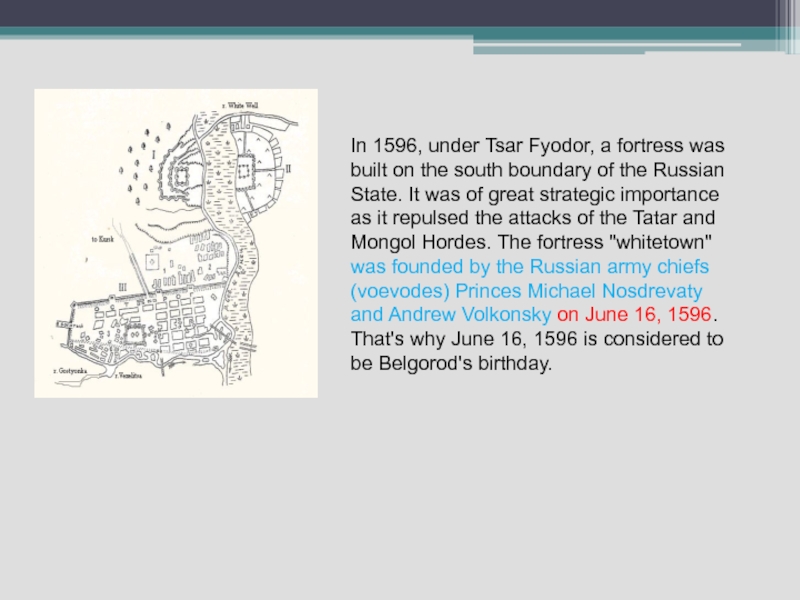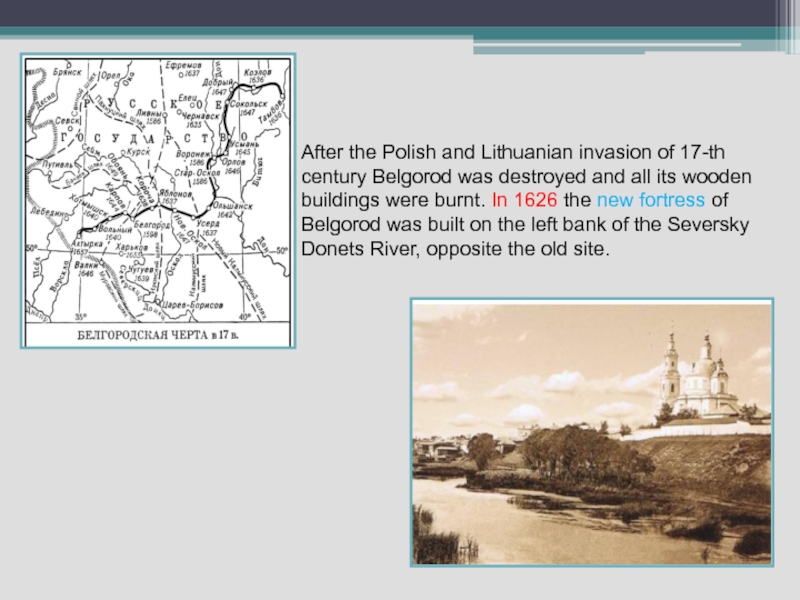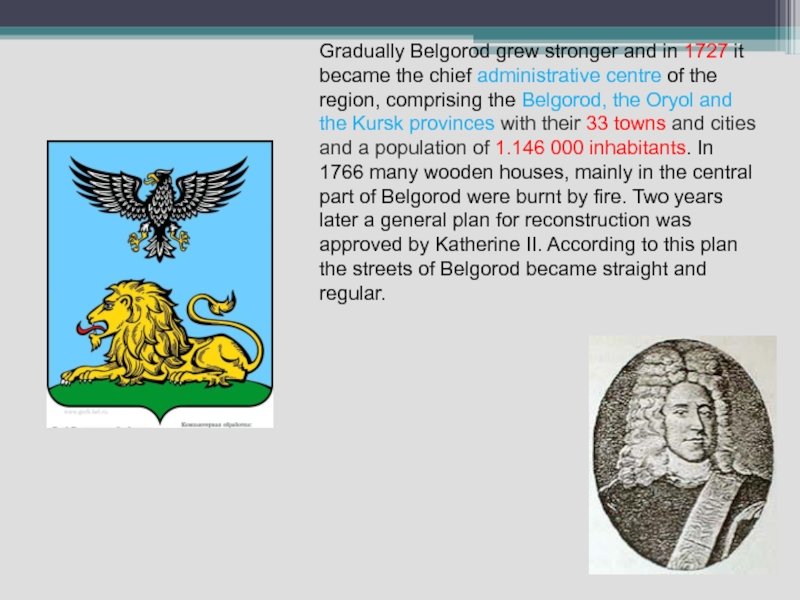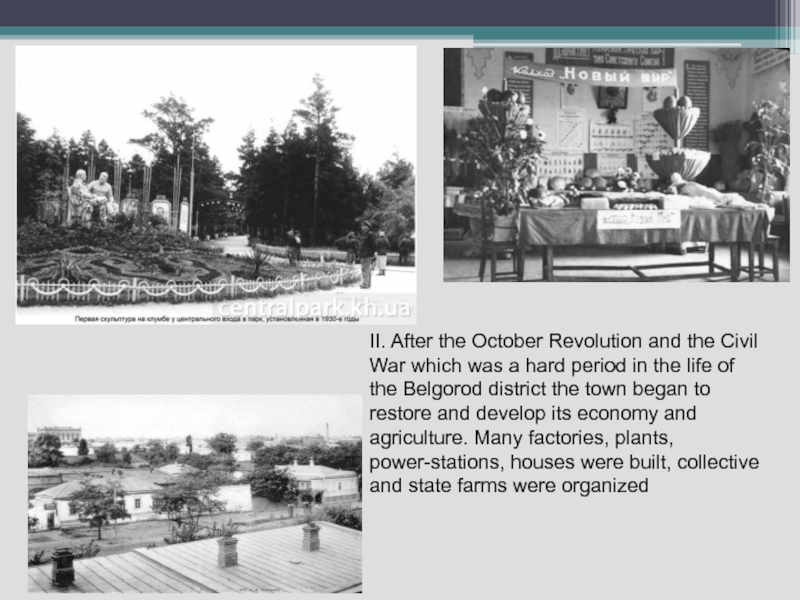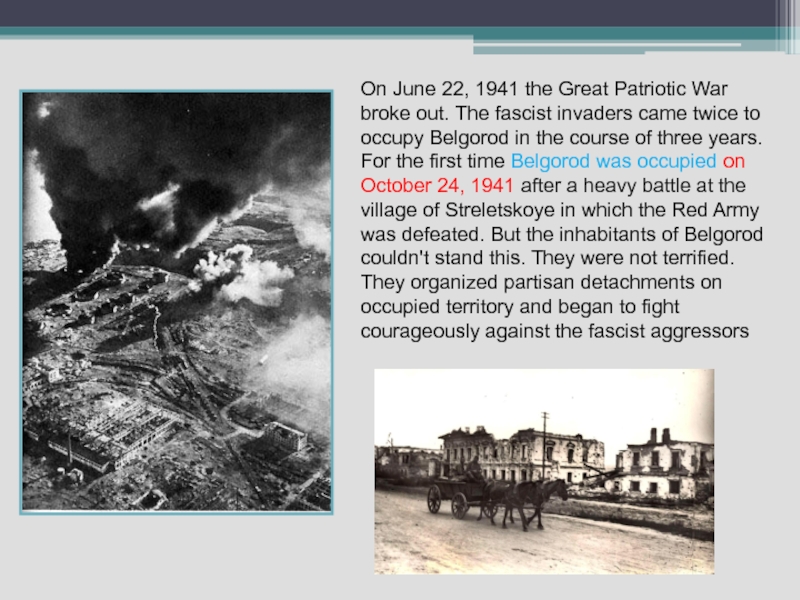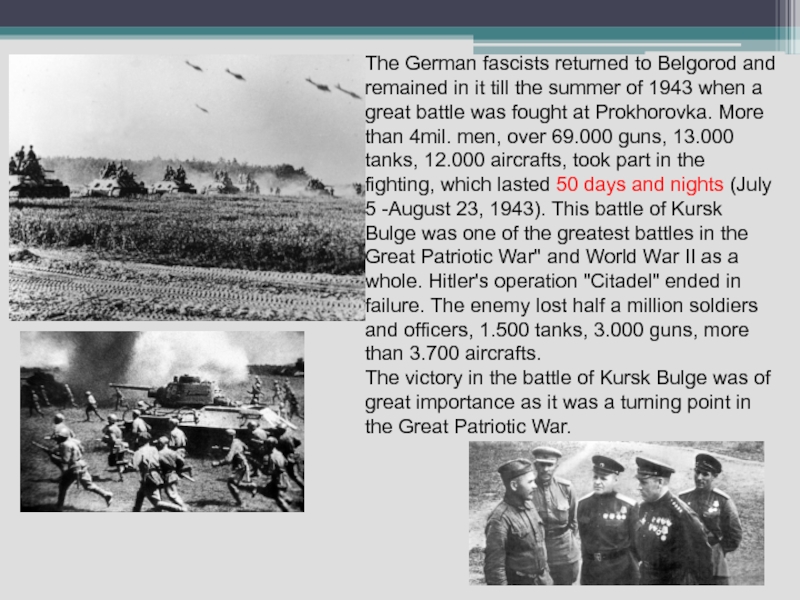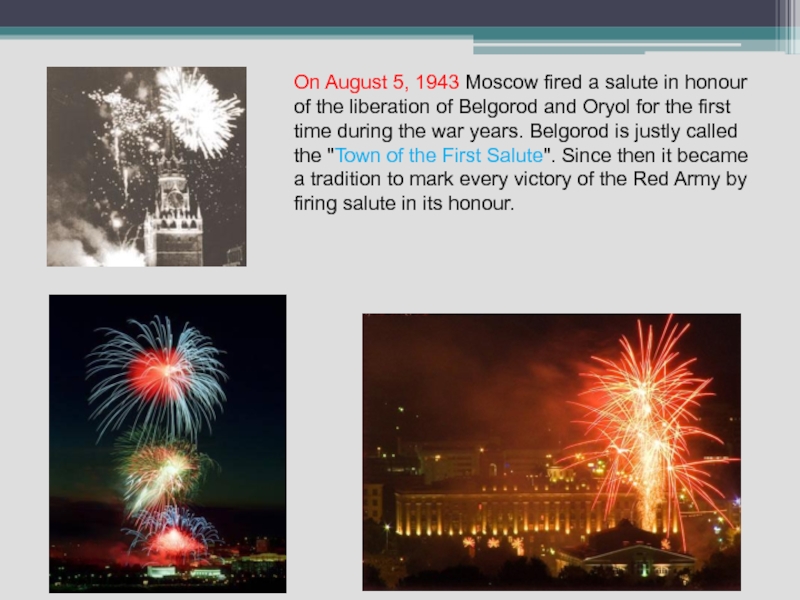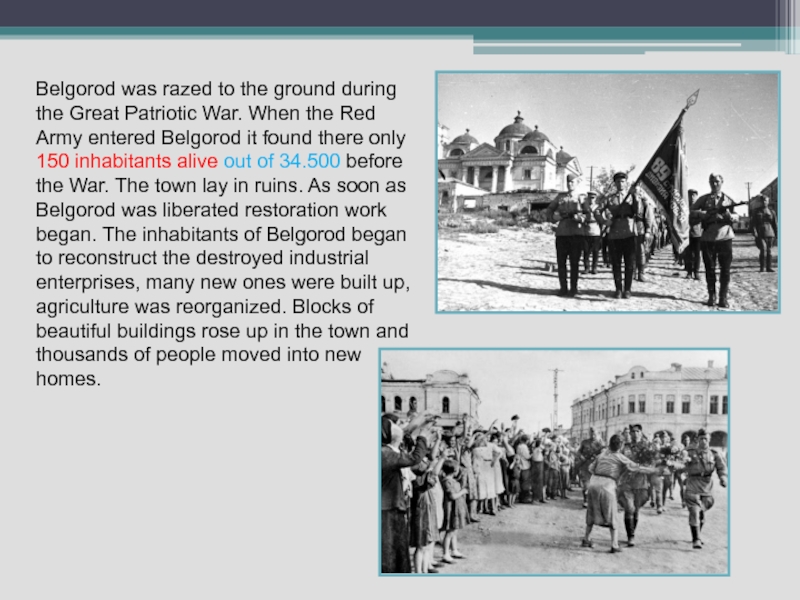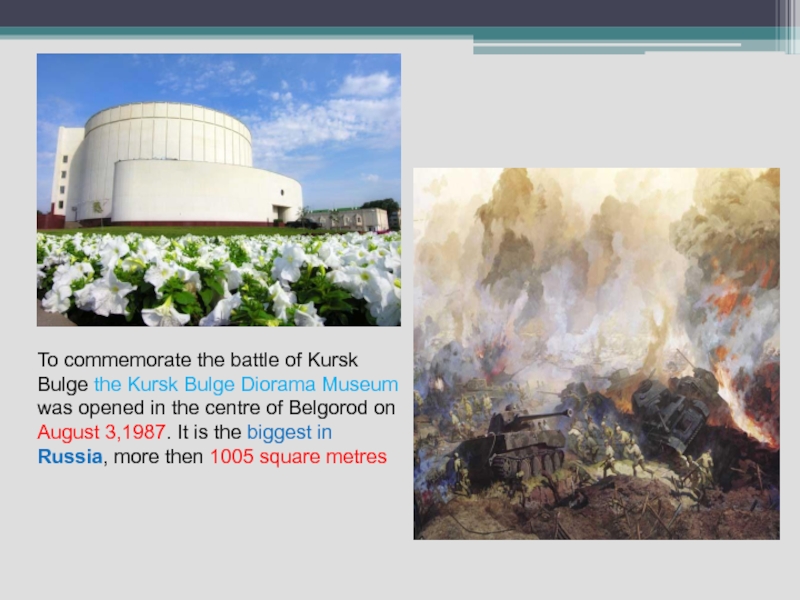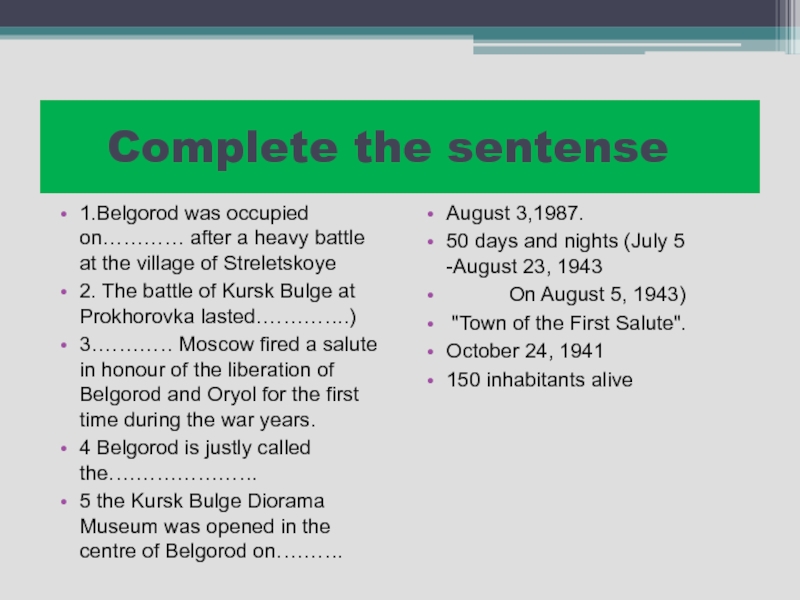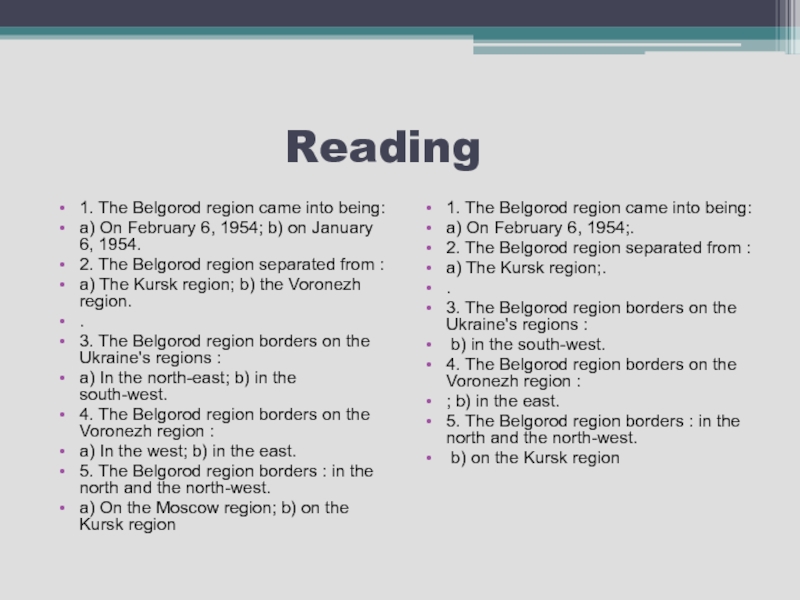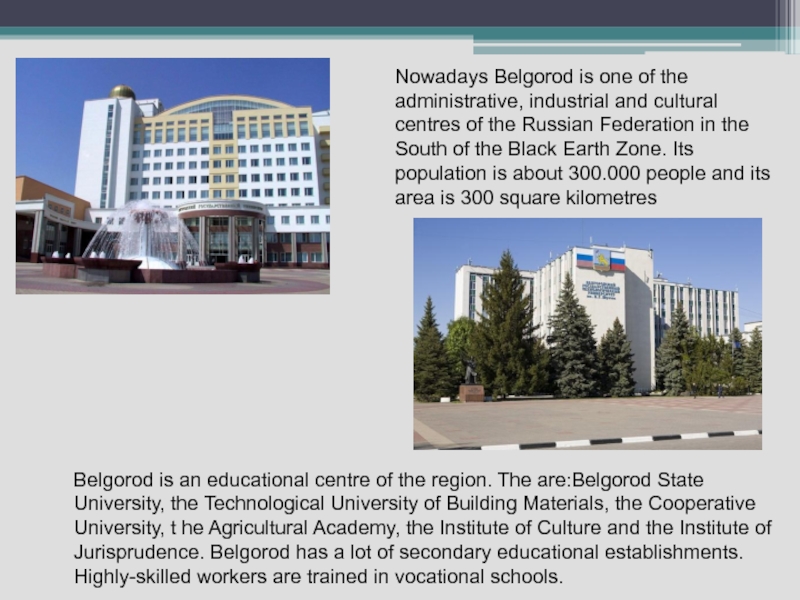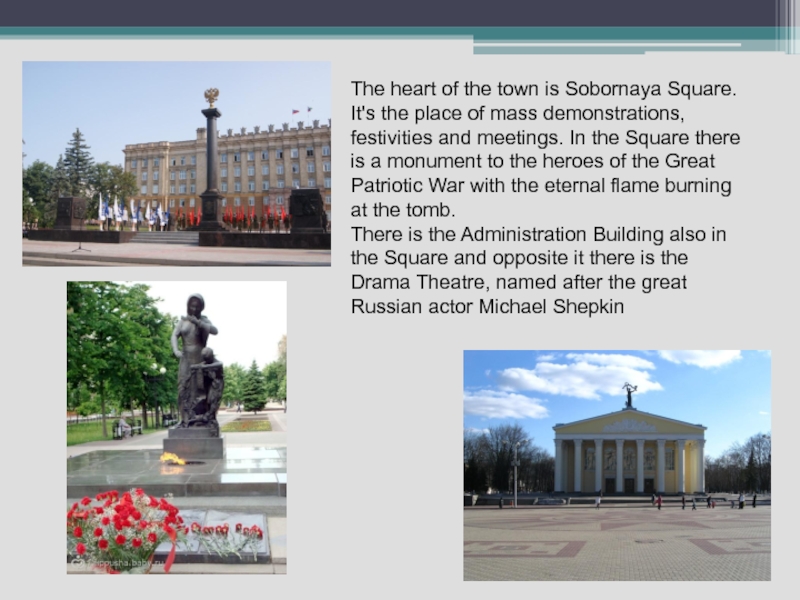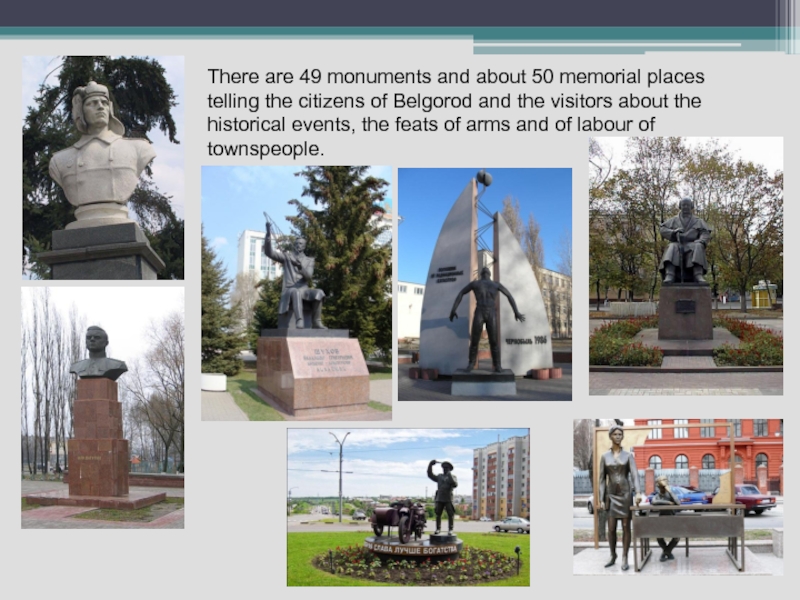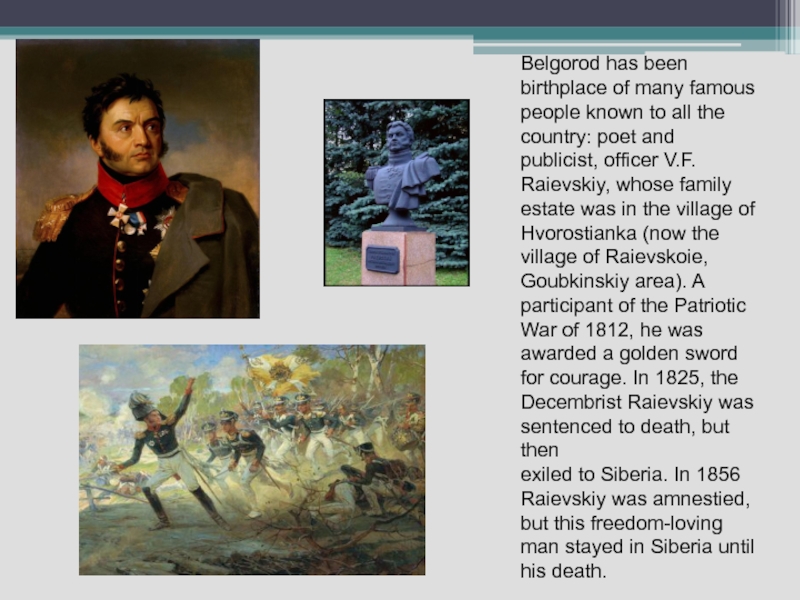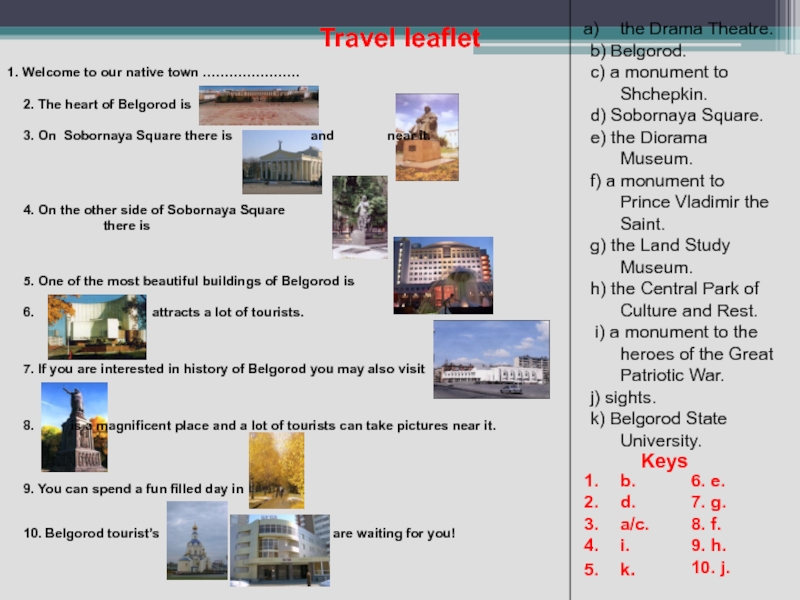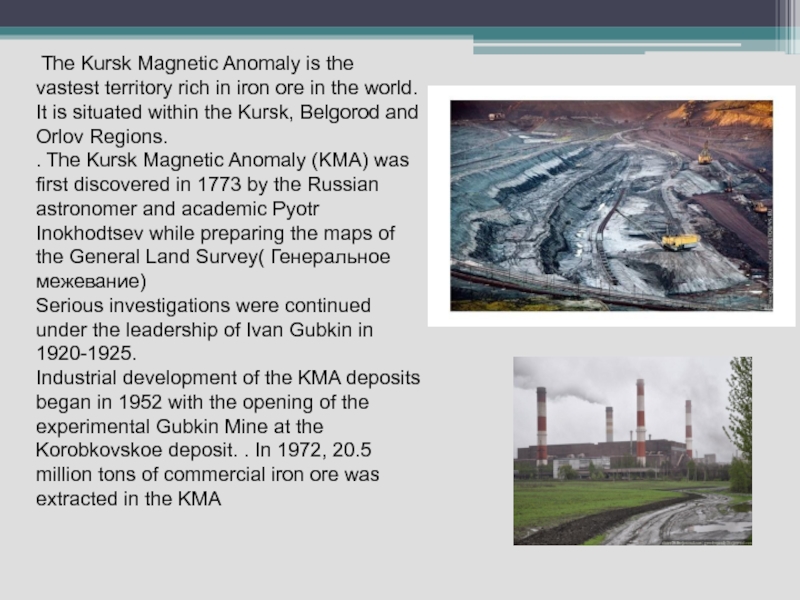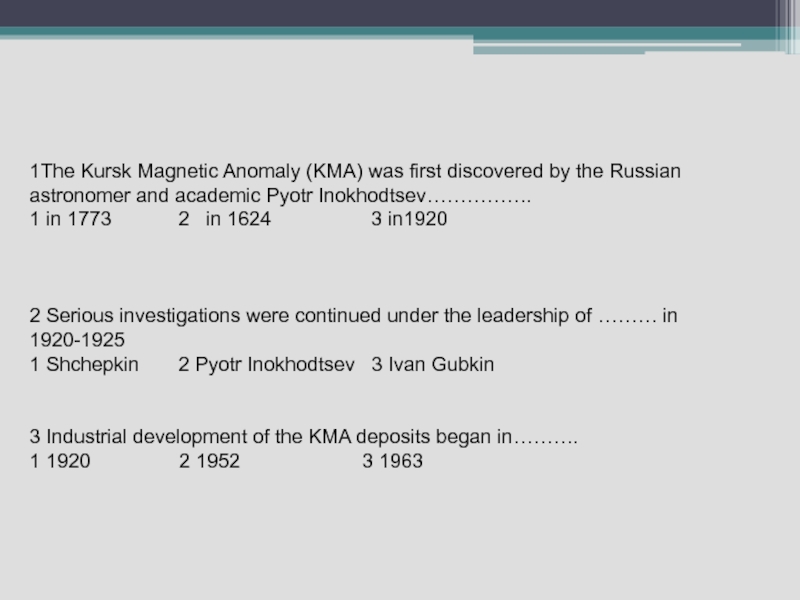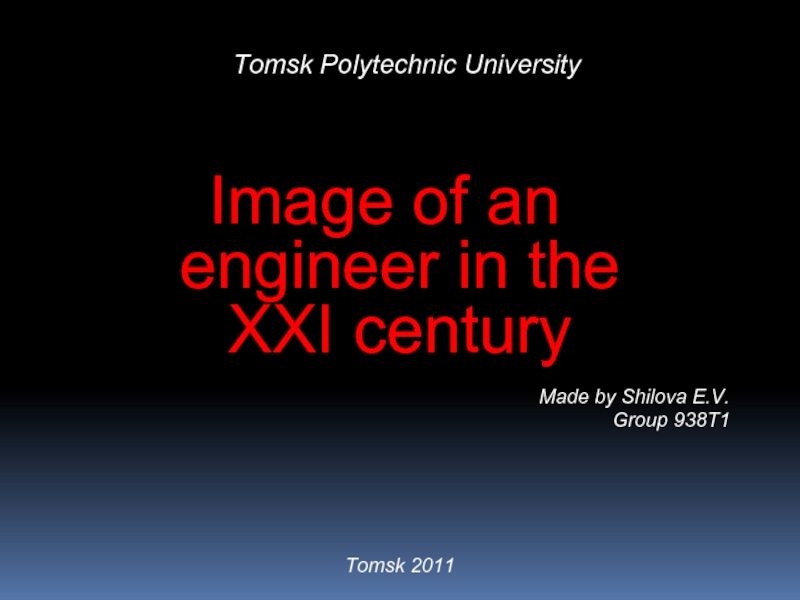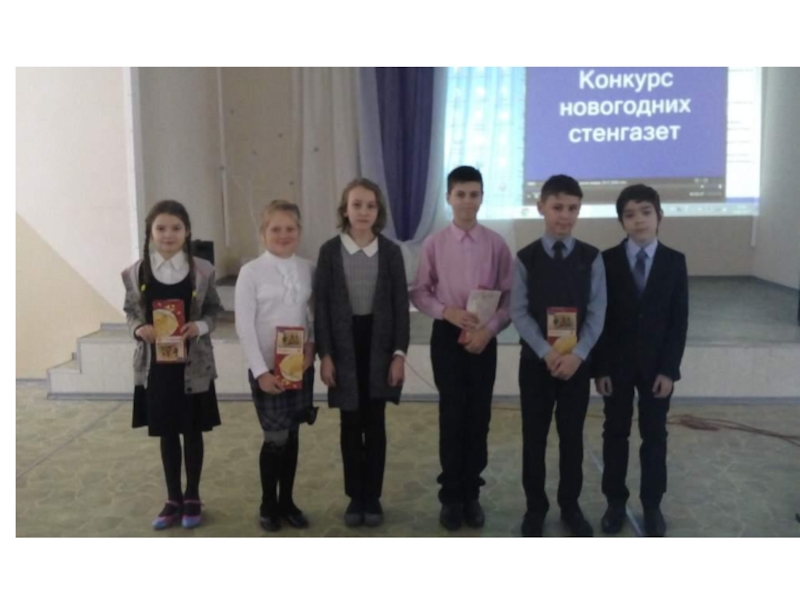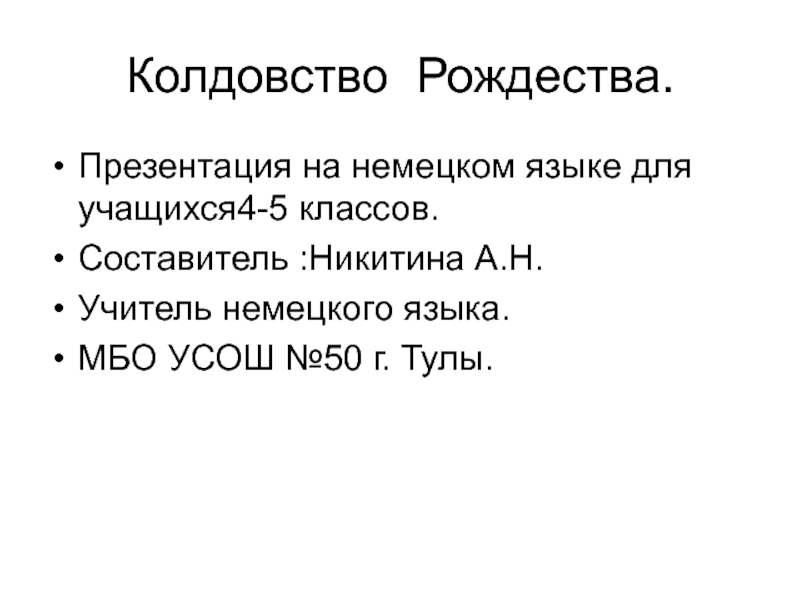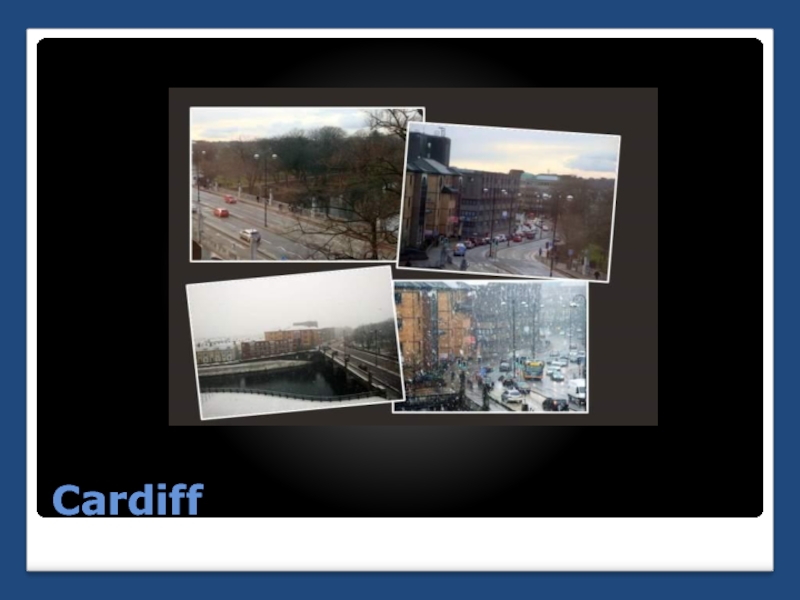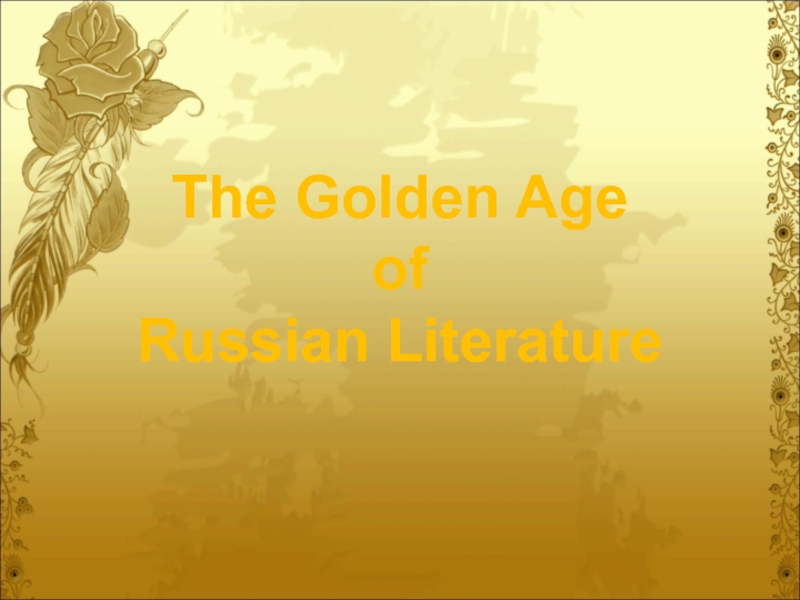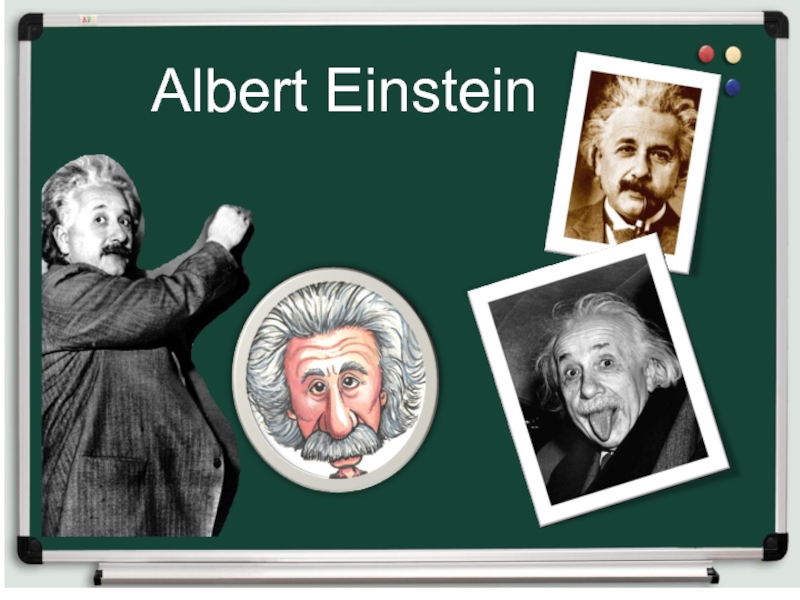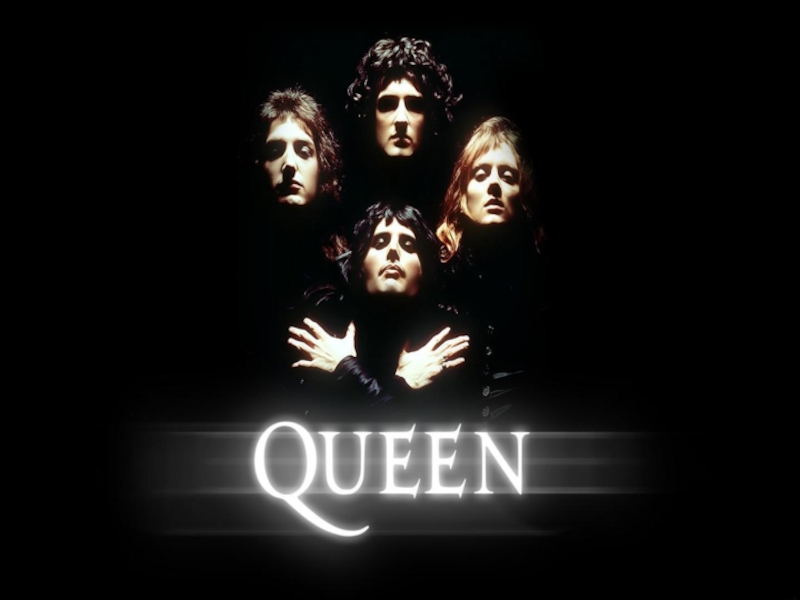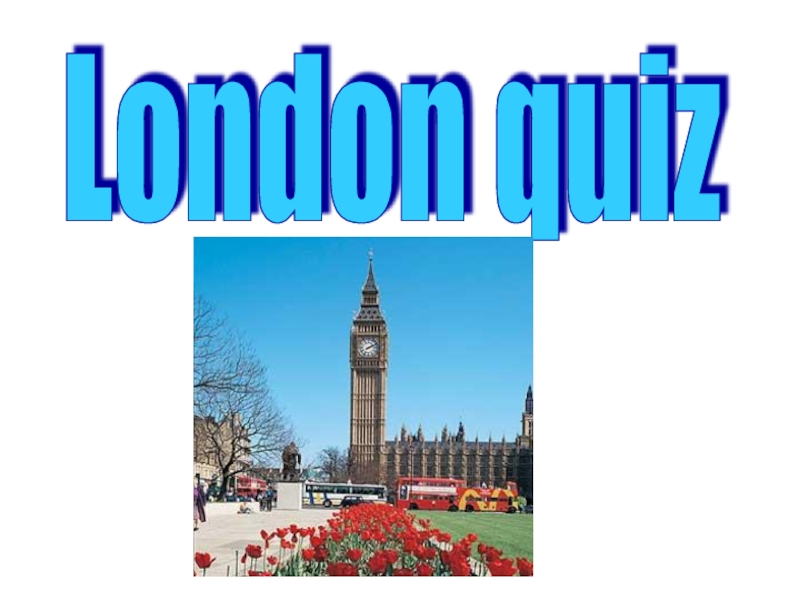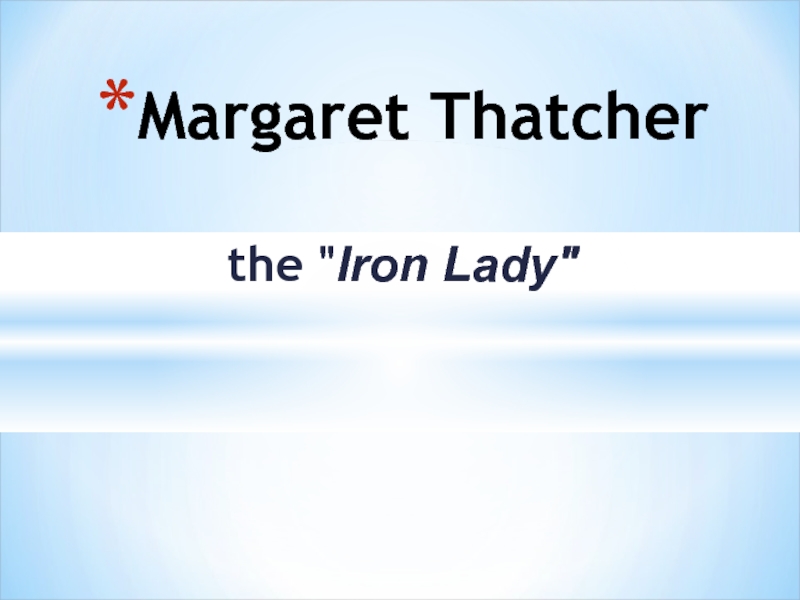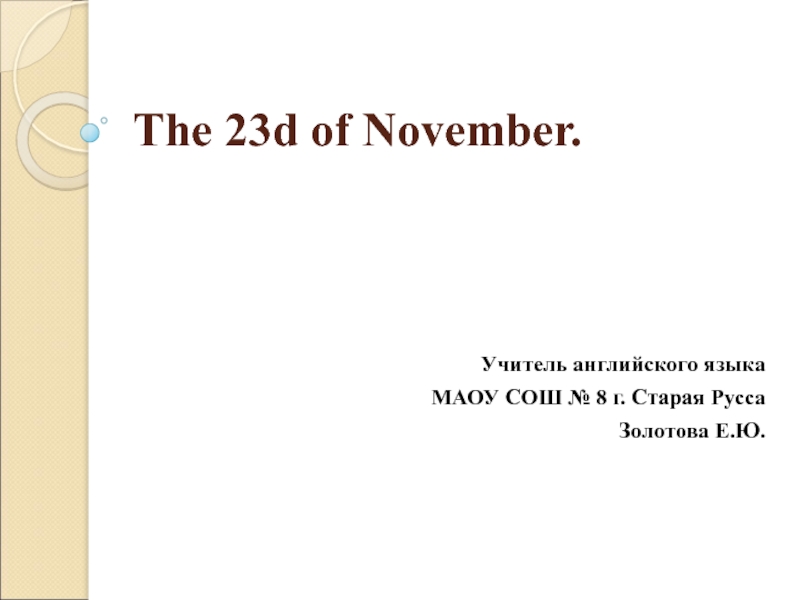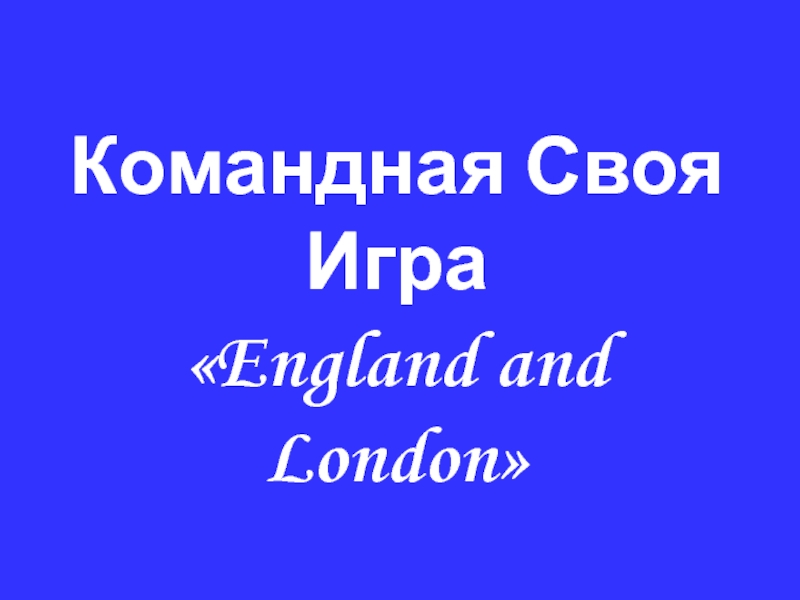Слайд 2Belgorod region- my
native land
Слайд 3Belgorod is one of the oldest towns in the country.
It has a long and interesting history, which dates back
to the ancient times. People settled on the Seversky Donets River in the Stone and Bronze Ages. The first settlements of the Slavs were established there approximately in the 11-th century.
Belgorod is first mentioned in the chronicles in the year 1237. Originally it was a very small settlement of the Slavs atop the chalky hil overlooking the Seversky Donets River, which was then a deep and navigable river. The White Hill gave its name to the future fortress town into which the little settlement had grown up by the 16-th century.
Слайд 4In 1596, under Tsar Fyodor, a fortress was built on
the south boundary of the Russian State. It was of
great strategic importance as it repulsed the attacks of the Tatar and Mongol Hordes. The fortress "whitetown" was founded by the Russian army chiefs (voevodes) Princes Michael Nosdrevaty and Andrew Volkonsky on June 16, 1596. That's why June 16, 1596 is considered to be Belgorod's birthday.
Слайд 5After the Polish and Lithuanian invasion of 17-th century Belgorod
was destroyed and all its wooden buildings were burnt. In
1626 the new fortress of Belgorod was built on the left bank of the Seversky Donets River, opposite the old site.
Слайд 6,
Gradually Belgorod grew stronger and in 1727 it became
the chief administrative centre of the region, comprising the Belgorod,
the Oryol and the Kursk provinces with their 33 towns and cities and a population of 1.146 000 inhabitants. In 1766 many wooden houses, mainly in the central part of Belgorod were burnt by fire. Two years later a general plan for reconstruction was approved by Katherine II. According to this plan the streets of Belgorod became straight and regular.
Слайд 7 History file
- Belgorod
is one…
-People settled on the Seversky Donets River in the …
-The first settlements of Slavs were …
The fortress "whitetown" was founded by the Russian army chiefs (voevodes) Princes Michael Nosdrevaty and Andrew Volkonsky
- in 1727
of the oldest towns in the country
established there in the 11th century.
Stone and Bronze Ages.
Belgorod became the chief administrative centre.
. on June 16, 1596
Слайд 8II. After the October Revolution and the Civil War which
was a hard period in the life of the Belgorod
district the town began to restore and develop its economy and agriculture. Many factories, plants, power-stations, houses were built, collective and state farms were organized
Слайд 9On June 22, 1941 the Great Patriotic War broke out.
The fascist invaders came twice to occupy Belgorod in the
course of three years. For the first time Belgorod was occupied on October 24, 1941 after a heavy battle at the village of Streletskoye in which the Red Army was defeated. But the inhabitants of Belgorod couldn't stand this. They were not terrified. They organized partisan detachments on occupied territory and began to fight courageously against the fascist aggressors
Слайд 10The German fascists returned to Belgorod and remained in it
till the summer of 1943 when a great battle was
fought at Prokhorovka. More than 4mil. men, over 69.000 guns, 13.000 tanks, 12.000 aircrafts, took part in the fighting, which lasted 50 days and nights (July 5 -August 23, 1943). This battle of Kursk Bulge was one of the greatest battles in the Great Patriotic War" and World War II as a whole. Hitler's operation "Citadel" ended in failure. The enemy lost half a million soldiers and officers, 1.500 tanks, 3.000 guns, more than 3.700 aircrafts.
The victory in the battle of Kursk Bulge was of great importance as it was a turning point in the Great Patriotic War.
Слайд 11On August 5, 1943 Moscow fired a salute in honour
of the liberation of Belgorod and Oryol for the first
time during the war years. Belgorod is justly called the "Town of the First Salute". Since then it became a tradition to mark every victory of the Red Army by firing salute in its honour.
Слайд 12Belgorod was razed to the ground during the Great Patriotic
War. When the Red Army entered Belgorod it found there
only 150 inhabitants alive out of 34.500 before the War. The town lay in ruins. As soon as Belgorod was liberated restoration work began. The inhabitants of Belgorod began to reconstruct the destroyed industrial enterprises, many new ones were built up, agriculture was reorganized. Blocks of beautiful buildings rose up in the town and thousands of people moved into new homes.
Слайд 13To commemorate the battle of Kursk Bulge the Kursk Bulge
Diorama Museum was opened in the centre of Belgorod on
August 3,1987. It is the biggest in Russia, more then 1005 square metres
Слайд 14 Complete the sentense
1.Belgorod was occupied on………… after a
heavy battle at the village of Streletskoye
2. The battle
of Kursk Bulge at Prokhorovka lasted…………..)
3………… Moscow fired a salute in honour of the liberation of Belgorod and Oryol for the first time during the war years.
4 Belgorod is justly called the………………….
5 the Kursk Bulge Diorama Museum was opened in the centre of Belgorod on……….
August 3,1987.
50 days and nights (July 5 -August 23, 1943
On August 5, 1943)
"Town of the First Salute".
October 24, 1941
150 inhabitants alive
Belgorod region came into being:
a) On February 6, 1954; b)
on January 6, 1954.
2. The Belgorod region separated from :
a) The Kursk region; b) the Voronezh region.
.
3. The Belgorod region borders on the Ukraine's regions :
a) In the north-east; b) in the south-west.
4. The Belgorod region borders on the Voronezh region :
a) In the west; b) in the east.
5. The Belgorod region borders : in the north and the north-west.
a) On the Moscow region; b) on the Kursk region
1. The Belgorod region came into being:
a) On February 6, 1954;.
2. The Belgorod region separated from :
a) The Kursk region;.
.
3. The Belgorod region borders on the Ukraine's regions :
b) in the south-west.
4. The Belgorod region borders on the Voronezh region :
; b) in the east.
5. The Belgorod region borders : in the north and the north-west.
b) on the Kursk region
Слайд 17Nowadays Belgorod is one of the administrative, industrial and cultural
centres of the Russian Federation in the South of the
Black Earth Zone. Its population is about 300.000 people and its area is 300 square kilometres
Belgorod is an educational centre of the region. The are:Belgorod State University, the Technological University of Building Materials, the Cooperative University, t he Agricultural Academy, the Institute of Culture and the Institute of Jurisprudence. Belgorod has a lot of secondary educational establishments. Highly-skilled workers are trained in vocational schools.
Слайд 18The heart of the town is Sobornaya Square. It's the
place of mass demonstrations, festivities and meetings. In the Square
there is a monument to the heroes of the Great Patriotic War with the eternal flame burning at the tomb.
There is the Administration Building also in the Square and opposite it there is the Drama Theatre, named after the great Russian actor Michael Shepkin
Слайд 19There are 49 monuments and about 50 memorial places telling
the citizens of Belgorod and the visitors about the historical
events, the feats of arms and of labour of townspeople.
Слайд 20Belgorod has been birthplace of many famous people known to
all the country: poet and publicist, officer V.F. Raievskiy, whose
family estate was in the village of Hvorostianka (now the village of Raievskoie, Goubkinskiy area). A participant of the Patriotic War of 1812, he was awarded a golden sword for courage. In 1825, the Decembrist Raievskiy was sentenced to death, but then
exiled to Siberia. In 1856 Raievskiy was amnestied, but this freedom-loving man stayed in Siberia until his death.
Слайд 21The great actor M.S. Shepkin was the pride of Russian
theatre. He was born in the village of Krasnoie (now
in the Yakovlevskiy area) in a serf family. Shepkin spent many years in provincial acting companies, suffered the severities and humiliations of migratory life, remaining a serf of the court of Wolkenstein. Only in 1822 was he redeemed on money collected by progressive people and invited to work to the Moscow Theatre (since 1824 — the Maly Theatre). Shepkin dedicated 40 years of his life to this theatre.
In Belgorod a street and local theatre are named after Shepkin; a monument to the great actor is erected at the entrance to the theatre. There is a Shepkin museum in the village of Krasnoie.
Слайд 22Travel leaflet
2. The heart of Belgorod is
3. On Sobornaya Square
there is and near it.
4. On the other side of Sobornaya Square there is
5. One of the most beautiful buildings of Belgorod is
6. attracts a lot of tourists.
7. If you are interested in history of Belgorod you may also visit
8. is a magnificent place and a lot of tourists can take pictures near it.
9. You can spend a fun filled day in
10. Belgorod tourist’s are waiting for you!
1. Welcome to our native town ………………….
the Drama Theatre.
b) Belgorod.
c) a monument to Shchepkin.
d) Sobornaya Square.
e) the Diorama Museum.
f) a monument to Prince Vladimir the Saint.
g) the Land Study Museum.
h) the Central Park of Culture and Rest.
i) a monument to the heroes of the Great Patriotic War.
j) sights.
k) Belgorod State University.
b.
d.
a/c.
i.
k.
6. e.
7. g.
8. f.
9. h.
10. j.
Keys
Слайд 23 The Kursk Magnetic Anomaly is the vastest territory rich
in iron ore in the world. It is situated within
the Kursk, Belgorod and Orlov Regions.
. The Kursk Magnetic Anomaly (KMA) was first discovered in 1773 by the Russian astronomer and academic Pyotr Inokhodtsev while preparing the maps of the General Land Survey( Генеральное межевание)
Serious investigations were continued under the leadership of Ivan Gubkin in 1920-1925.
Industrial development of the KMA deposits began in 1952 with the opening of the experimental Gubkin Mine at the Korobkovskoe deposit. . In 1972, 20.5 million tons of commercial iron ore was extracted in the KMA
Слайд 241The Kursk Magnetic Anomaly (KMA) was first discovered by the
Russian astronomer and academic Pyotr Inokhodtsev…………….
1 in 1773
2 in 1624 3 in1920
2 Serious investigations were continued under the leadership of ……… in 1920-1925
1 Shchepkin 2 Pyotr Inokhodtsev 3 Ivan Gubkin
3 Industrial development of the KMA deposits began in……….
1 1920 2 1952 3 1963
